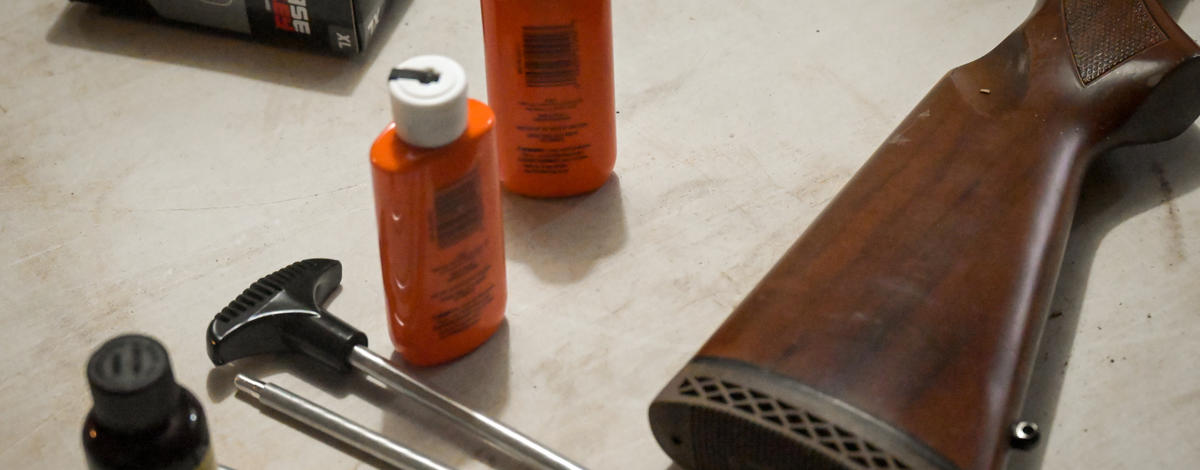Another season in the books. You and your trusty firearm spent countless hours roaming the mountain slopes and drainages that Idaho is known for and likely in all kinds of weather.
For all the times your firearm’s had your back (literally), now is the point in the year when you have its back. Whether you hunted the forests of the Panhandle, the dry sagebrush seas in the southern portion of the state, or somewhere in between, you and your firearm earned some much-needed R&R. Your muscles will recover with some time off; but stashing a dirty gun for months can cause all kinds of problems next time you go to use it.





